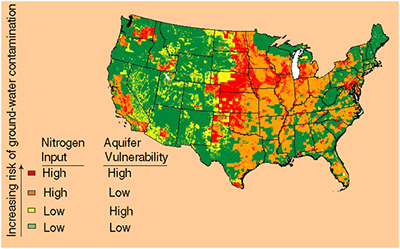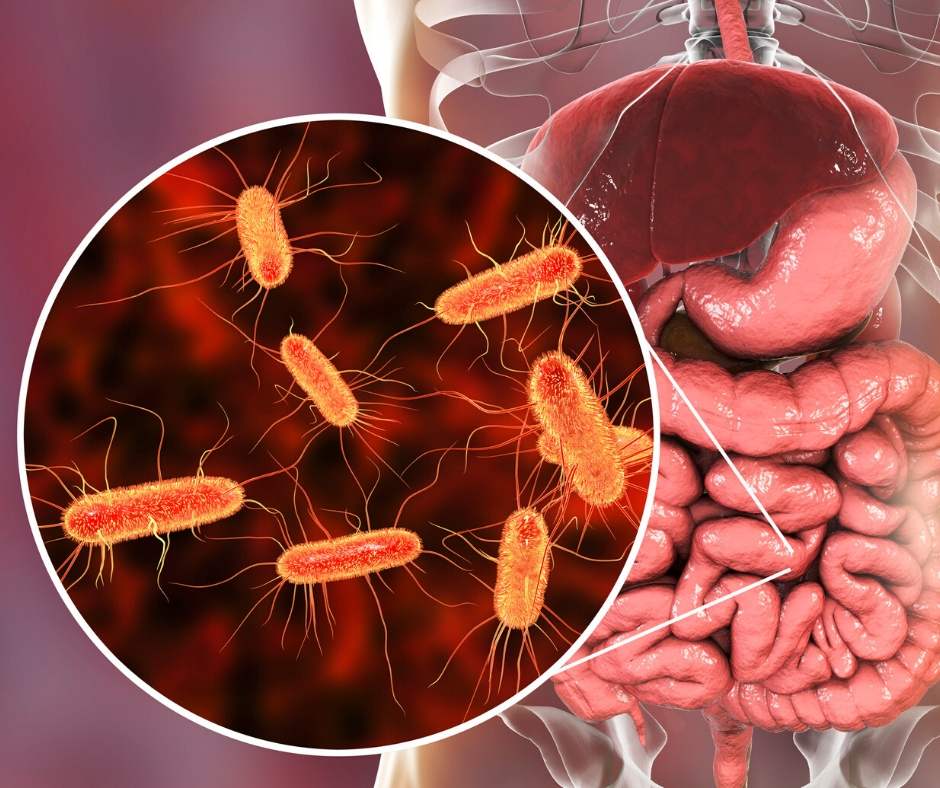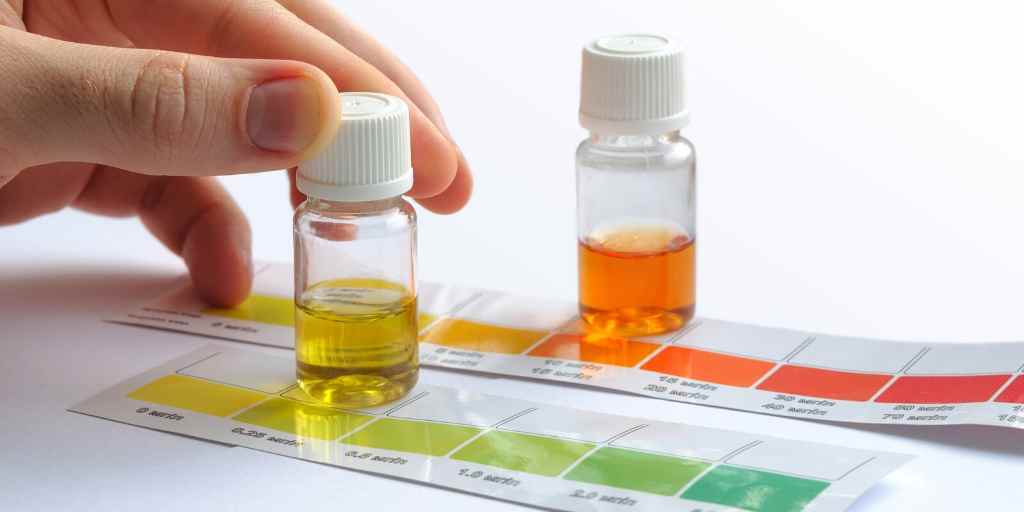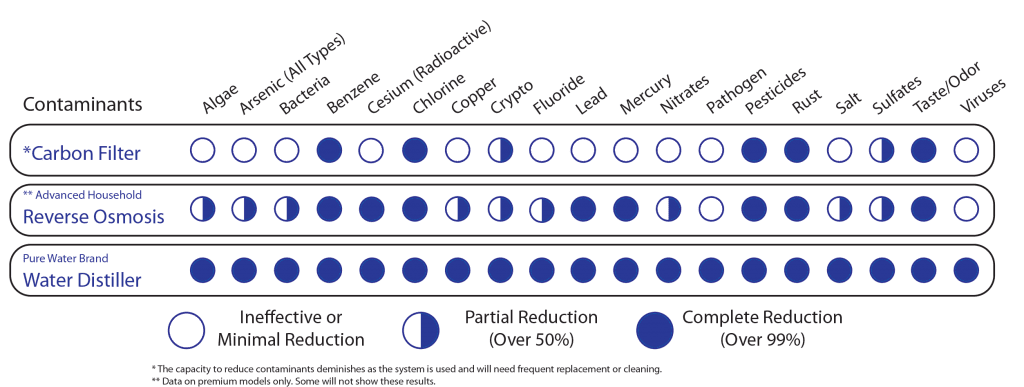When you have your own private well, you’re responsible for your own water. It’s a blessing, but it’s also a lot of extra work – testing for contaminants, regulating the chemicals you add in, and making sure it’s safe for you and your family to drink and bathe in. Because of this, you’ve probably considered adding (or upgrading) a well water purification system.
Of course, when it comes to water purification, home water distillers make it easy to take control and protect your family. But why do you need a well water purification system? And why is a water distiller your best option (even better than reverse osmosis)?
Let’s take a closer look at what we’re dealing with:
Well Water Problems
Organizations like the EPA and CDC recommend sending your water to be tested once a year. ( Find a laboratory certified to test drinking water. )
To make it easy and more affordable for well owner, these water tests don’t test for everything that could be wrong with your water; they mainly look at the most common indicators of issues.
- Nitrates
- Bacteria
- TDS
- pH
- Local Issues
But if these aren’t in the “normal” range, what does this mean for you and your family – the people actually drinking the water?
Nitrates & Nitrites

Nitrates and nitrites can be found almost anywhere to some degree, but they are intentionally introduced into our environment for agricultural use.
Drinking water with concentrations of nitrate above 10 mg/L can cause immediate health problems. Consuming too much nitrate can affect how blood carries oxygen and can cause methemoglobinemia (also known as blue baby syndrome). Methemoglobinemia can cause skin to turn a bluish color and, left untreated, can result in serious illness or death.
The good news? Distillation is great for removing these dangerous chemicals!
Bacteria, Protozoa, & Viruses
While drinking contaminants like lead or arsenic will hurt you over time, drinking biological contaminants can make you very sick, very quickly. This is why most municipal water treatment facilities focus on bacteria first.

The main bacteria test measures Coliform. Various types of Coliform live in the soil and even on surfaces in your home, but they do not occur naturally in groundwater. So if the test shows Coliform bacteria, the lab knows to do a second test to look for E. coli or Fecal Coliform.
We all want to avoid these bacteria. After all, some strains of e.Coli can cause diarrhea, abdominal cramping, nausea and vomiting. And if e. Coli can get into your water, so can other – even worse – bacteria, viruses and pathogens.
How do these biological contaminants get into your water supply? One common source of bacteria and viruses is fecal matter.
If you live in a farming or ranching region, you probably already know to be on the lookout for fecal material in your well water. When farmers are spreading manure or when large amounts of livestock live nearby, it’s easy for that contamination to seep into the water supply.
However, a recent study in Wisconsin showed the presence of human waste in drinking water is emerging as a trend too. Septic systems become less reliable as they age, and because they are out of sight, many owners assume their septic systems are still working fine even when they aren’t.
Bacteria problems aren’t easily solved with filtration systems alone. Some reverse osmosis systems even encourage bacteria growth, so you have to use more chemicals to disinfect the water. Distillation, however, kills the bacteria with boiling and leaves it behind in the boiling tank before you use it.
Total Dissolved Solids (TDS) & Potential Hydrogen (pH)
TDS and pH readings can vary without necessarily being nefarious. For example, a good cup of coffee will have an elevated TDS (because coffee is dissolved in the water) and a pH of 4.5 – 6.0.
Testing TDS and pH acts like a smoke detector. If it’s going off, you might’ve just burned a bit of dinner… or there might actually be a fire.
However, the bottom line is that if you have an elevated TDS reading and/or your pH isn’t near a neutral 7, then you and your family aren’t drinking pure water. There’s something in it.
If you have an elevated TDS reading and/or your pH isn’t near a neutral 7, then you and your family aren’t drinking pure water.
Of course, figuring out why your readings aren’t where you want them to be requires even more testing. It’s a lot easier when you already have a water purification system in place that corrects them for you – like a water distiller.
Local Issues
Other contaminants in your water largely depend on where you live and what’s going on around you. For example, are you surrounded by farms? Or is there an unscrupulous company dumping waste upstream? Are elements like uranium naturally occurring in your area?
Check with your local health department or your local extension office to find out what contaminants you need to keep an eye one. The Environmental Protection Agency (EPA) also lists statewide resources on their website.
What You Need To Know About Testing Well Water & Maintaining Your Well

As stated above, the EPA recommends yearly tests for total coliform bacteria, nitrates, total dissolved solids, pH levels, and local contaminants. But other than sending your water in to the lab, what do you need to do to stay safe?
Well Water Responsibilities
This is your water. Your family’s water. You are responsible for keeping it safe and finding the right well water treatment system.
Now, you probably have things you’d rather focus on than your water. The good news is – you don’t have to be an expert!
Beyond yearly testing, the National Ground Water Association says you need to:
- Know key information integral to the maintenance of your well system
- Visually check the wellhead and its environs
- Visually check other above-ground well system components and equipment
- Know when to call a water well system professional
- Recognize and minimize groundwater contamination threats
(Learn more in their guide.)
To summarize, be observant and don’t be afraid to call an expert when you need to.
Your Well Water is Constantly Changing
Why do you need to be observant? Just because you tested your well water once and the results were fine, that doesn’t mean it is going to consistently be fine.
Things like changes in the weather can impact your safety. For example, in that study in Wisconsin about fecal contamination, the researchers realized that rainfall has a big impact. “One of the things we learned in Kewaunee County is that the amount of rainfall two days previous to the time that we sampled was statistically associated with likelihood of a private well being contaminated,” Borchardt said.
And if it floods? You have to take action right away. According to the Water Quality Association, you should not use water from it until the following three things have occurred:
- The floodwaters have receded from the well and your plumbing system.
- You have disinfected the well and your plumbing.
- You have sampled your water and received a lab report confirming that the disinfected water contained no bacteriological contaminants.
Why does the weather make such a big impact? Rain and floods move bacteria like e.Coli and coliform very quickly. If we have another year like 2019, this can lead to a lot of testing! Learn more about treating your drinking water after a flood here.
Also, some contaminants are seasonal. Let’s take nitrites for an example. One study found that nitrate levels tend to spike in the summer or the winter, depending on the age of your water. If you’re only testing your well in the fall, you might miss these issues.
Additives & Byproducts
Even after you have done all of this testing, you may still have to add chemicals like chlorine to your well to ensure it’s safe to use. But sometimes these chemicals can do harm too.
The chemicals we use for disinfection often create byproducts – such as chlorate, trihalomethanes or haloacetic acids (HAA5) – that can be dangerous. Chlorate can mess up your thyroid function. Trihalomethanes and haloacetic acids are associated with bladder cancer, skin cancer, and are harmful to the development of unborn children.
Related: The Best Well Water Purification Systems for Homes
Emerging Issues With Well Water
Just as water can change every day, we’re learning about new issues every day. Contaminants pop up in the news as we discover new health issues associated with the contaminants.
Here are a few issues to keep an eye on:
Glyphosate (RoundUp)
Glyphosate, which is the active ingredient in the world’s most widely used herbicide (Roundup), is also one of the most contentious of all herbicides. Because it’s one of the world’s most popular herbicides, we find glyphosate almost everywhere – in our food (including corn, wheat, and oat products) and in our water.
Why should you keep an eye on it? A recent study showed that people with high exposures have a 41% increased risk of developing a type of cancer called non-Hodgkin lymphoma. Organizations, like the Environmental Working Group, have been fighting to educate the public on the risks ever since.
PFAs & PFOAs
A family of chemicals – PFAS – has been dominating contamination news lately. The New York Times calls them ‘Toxic Forever Chemicals.’ The Environmental Working Group calls them ‘health hazards.’ The EPA has established health advisories for them and made their research on them a ‘national priority.’
Almost every state is affected to some extent. More specifically, nineteen million people in 43 states and 610 locations were shown to be affected by PFAs. Findings from a recent study confirm that PFAs pollute the blood of virtually every American, including newborn babies.
The use and concentration of these highly toxic fluorinated compounds are continuing to grow at an alarming rate. Studies link even very low levels of PFAs with cancer, thyroid disease, weakened childhood immunity. Experts suspect links to other diseases and health issues too.
Microplastics
From the top of Mount Everest to the deepest oceans, we know that plastic trash is everywhere on Earth – including in our drinking water. And now, many of us are consuming a credit card’s worth of plastic every week, with most of the pieces of plastic we ingest coming from drinking water.
The Easiest Way To Take Control
With all these contaminants and issues, you need a well water purification system. But which kind should you get?

Plain and simple – distillation is going to be your best option for three main reasons:
- Pure Water distillers remove the broadest range of contaminants (even more than reverse osmosis).
- Pure Water distillers consistently provide high purity water with minimal maintenance, unlike filters and r.o. membranes that constantly need to be changed.
- Pure Water distillers are built to last. Some of our distillers have been running for over 40 years, and we offer the longest warranty in the industry.
Ditch the worry! Make it easy on yourself. Take control of your water with a Pure Water distiller.
If you have any questions about this article, the sources, or our products, please contact us at 1-800-875-5915 or info@mypurewater.com. Thanks!







It’s helpful to know that nitrates can be found just about anywhere in the world. My spouse and I are trying to get well so that we have our own water supply. We want to make sure that the water is clean and really safe for us to drink.
Thanks for giving me the idea to check with our local health department if the water we have has any contaminants that we should be aware of. My neighbor is suspecting that her child got sick because of the drinking water and I don’t want to risk my own kids. It might be better if we have our own filtration system that can ensure the purity of the water we consume every day.
Thanks for explaining how distilling kills the bacteria in your water. I had no idea that the water you drink and bathe in could be so dirty. I think it would be nice to have a filter or a way to treat it so there would be no bacteria.